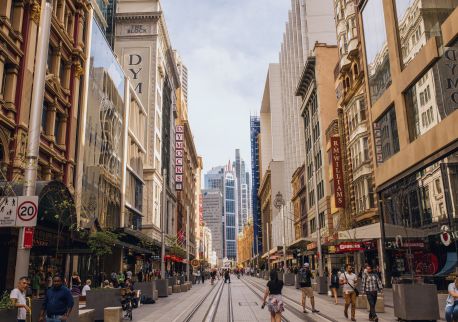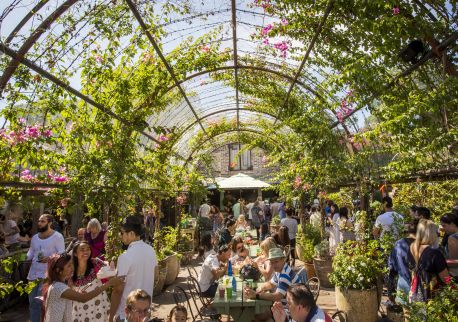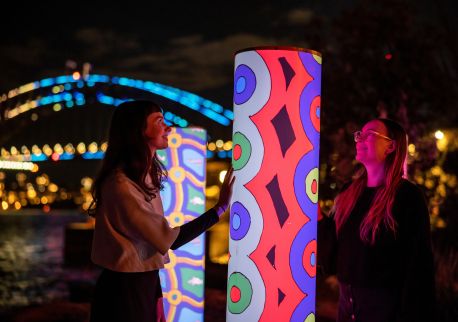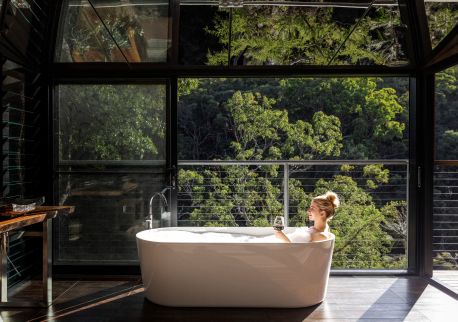Powerhouse Ultimo
Overview
PLEASE NOTE: Powerhouse Ultimo is temporarily closed as it undergoes a significant heritage revitalisation. Powerhouse will continue to present programs at Powerhouse Castle Hill and Sydney Observatory during this time.
Powerhouse is the largest museum group in Australia. It sits at the intersection of the arts, design, science and technology and plays a critical role in engaging communities with contemporary ideas and issues. It is the custodian of more than half a million objects of national and international significance and is considered one of the finest and most diverse collections in Australia. Established in 1879, its venues include Powerhouse Ultimo, Sydney Observatory, Powerhouse Castle Hill and Powerhouse Parramatta.
Since its inception, Powerhouse Museum has been intrinsically connected to community and industry. By folding time, reinforcing the Museum of Applied Arts and Sciences Act 1945 and reckoning with our history, we recognise Powerhouse Museum as ‘a vitalising force’ (Arthur Penfold, 1945) ‘known for its unique reputation for the services it renders to industry’ (Penfold, 1937) and ‘of interest and lasting service to the mass population’ (The Technological, Industrial and Sanitary Museum Annual Report, 1881).
Powerhouse Museum will effectively minister to the needs and demands of the community in any or all branches of applied science and art and the development of industry.
Accessibility
Access and Inclusion Statement
Allows a person's carer free entry into participating venues and events
Actively welcomes people with access needs.
Advise tour guides of the access needs of guests at the time of booking (includes pick up and drop off requirements)
Caters for people who are blind or have vision loss
Caters for people who are deaf or have hearing loss
Caters for people who use a wheelchair.
Caters for people with allergies and intolerances.
Caters for people with sufficient mobility to climb a few steps but who would benefit from fixtures to aid balance. (This includes people using walking frames and mobility aids)
Have a hearing loop
Have a step free main entrance to the building and/or reception area (includes ramps or slopes with a maximum gradient of 1:14, otherwise are too steep for wheelchairs)
Have an accessible public toilet which is unlocked
Have at least one wheelchair accessible parking space with wheelchair accessible signage clearly displayed (International standards are 3200mm wide x 2500 mm high)
Have lifts with enough space for people using a mobility aid to enter and turn around to use the lift buttons. Buttons are at accessible height.
Have wheelchair accessible transport options available in the general vicinity (provide information on name of the operator, phone and website link to individual providers for private vehicles, community transport train, mini vans, hire cars, buses, taxis, ferry, tram, light rail etc in your access statement)
Offer multiple options for booking - web, email, phone
Train your staff in disability awareness
Website meets WCAG 2.0 accessibility standards
Welcomes and assists people who have challenges with learning, communication, understanding and behaviour. (includes people with autism, intellectual disability, Down syndrome, acquired brain injury (ABI), dyslexia and dementia)




















